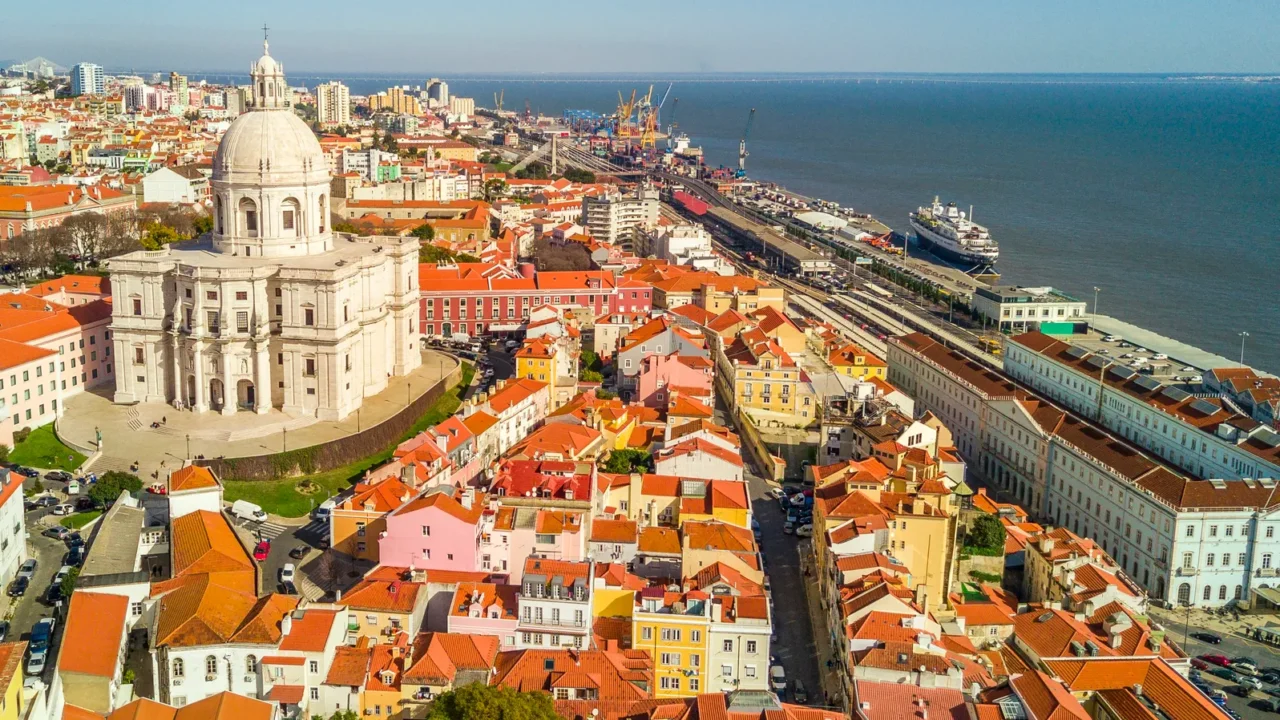
Portugal’s golden age of grandeur
Portugal’s Baroque architecture tells stories of faith, power, and artistic ambition. These buildings, filled with curves, gold, and drama, transformed the country’s skyline in the 17th and 18th centuries.
From royal palaces to grand churches, every structure reflects Portugal’s wealth and creativity during its empire’s peak. The beauty of this era still shines through marble domes, gilded ceilings, and endless detail.
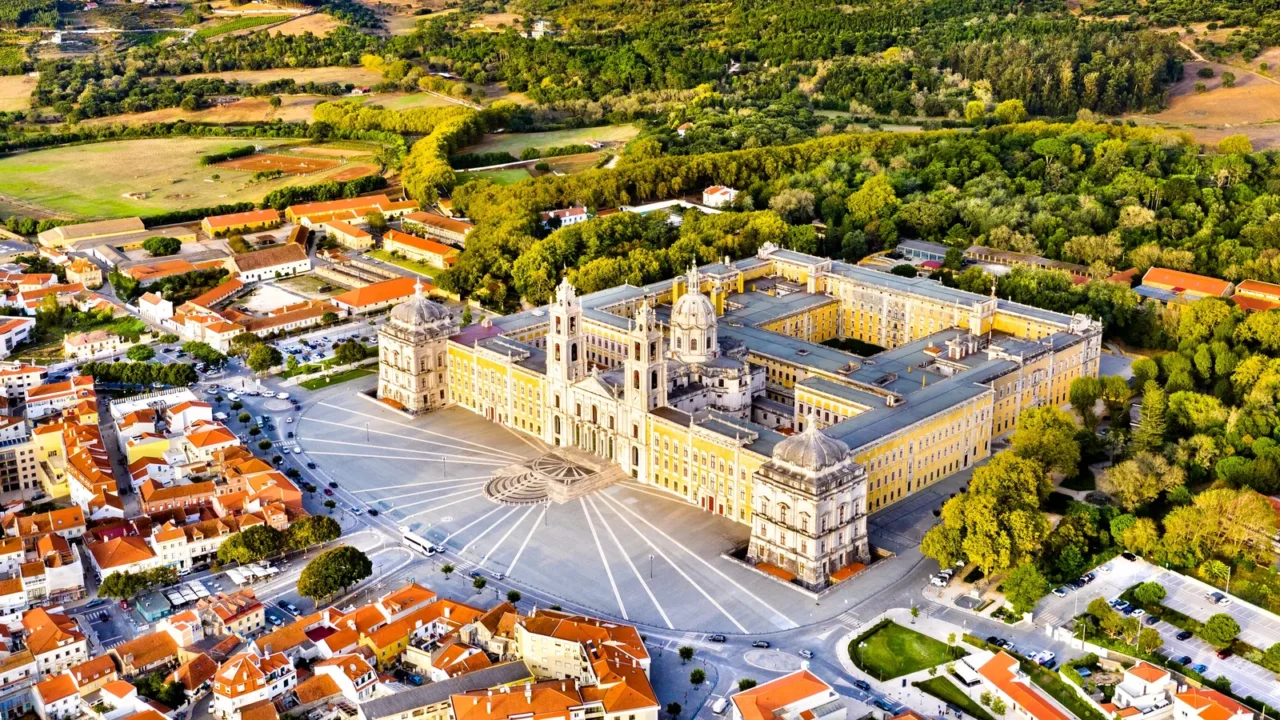
A royal promise fulfilled
The Palace of Mafra was born from a king’s vow. When King John V’s wife became pregnant, he promised God a grand monastery if they had an heir.
What began as a spiritual offering turned into one of Europe’s largest Baroque complexes, a royal palace, basilica, and monastery all in one majestic site.
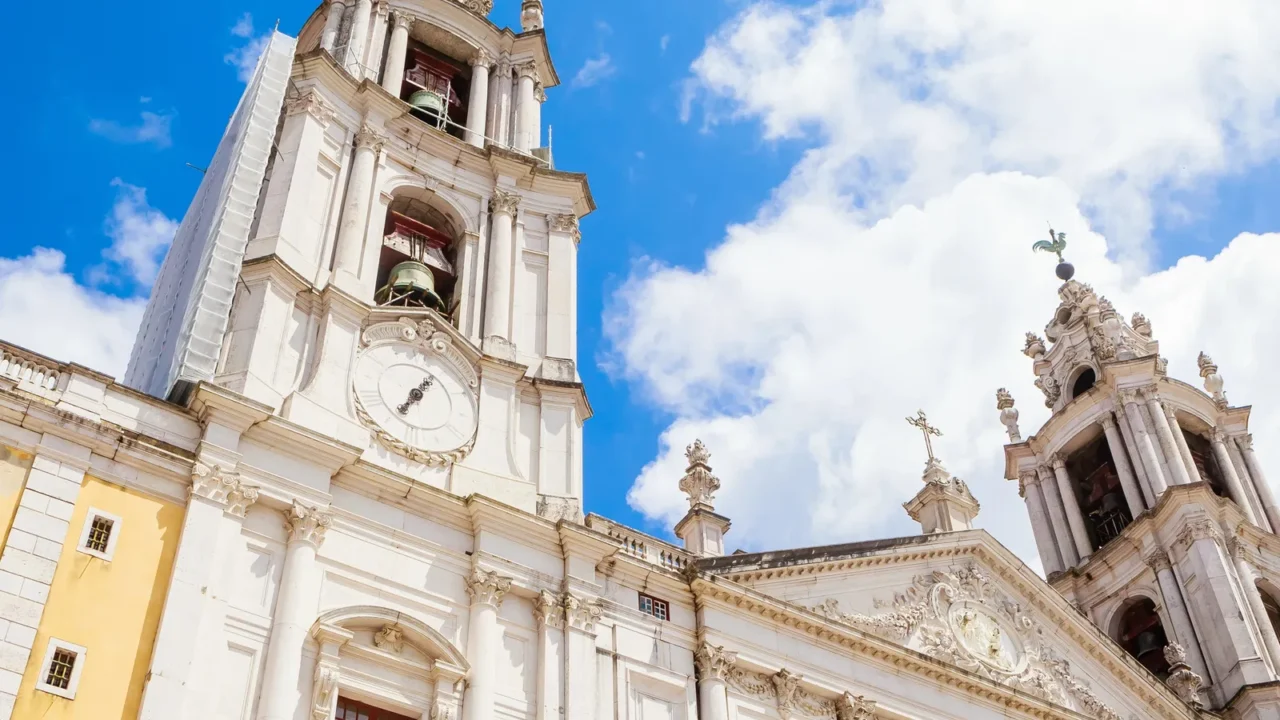
The making of a masterpiece
Built between 1717 and 1730, the Palace of Mafra showcased King John V’s devotion and Portugal’s immense wealth from its colonies.
Its German architect, João Frederico Ludovice, designed the building with symmetry and boldness, creating a structure visible from miles away, even from the sea. The vast complex includes 1,200 rooms and one of Europe’s most magnificent libraries.
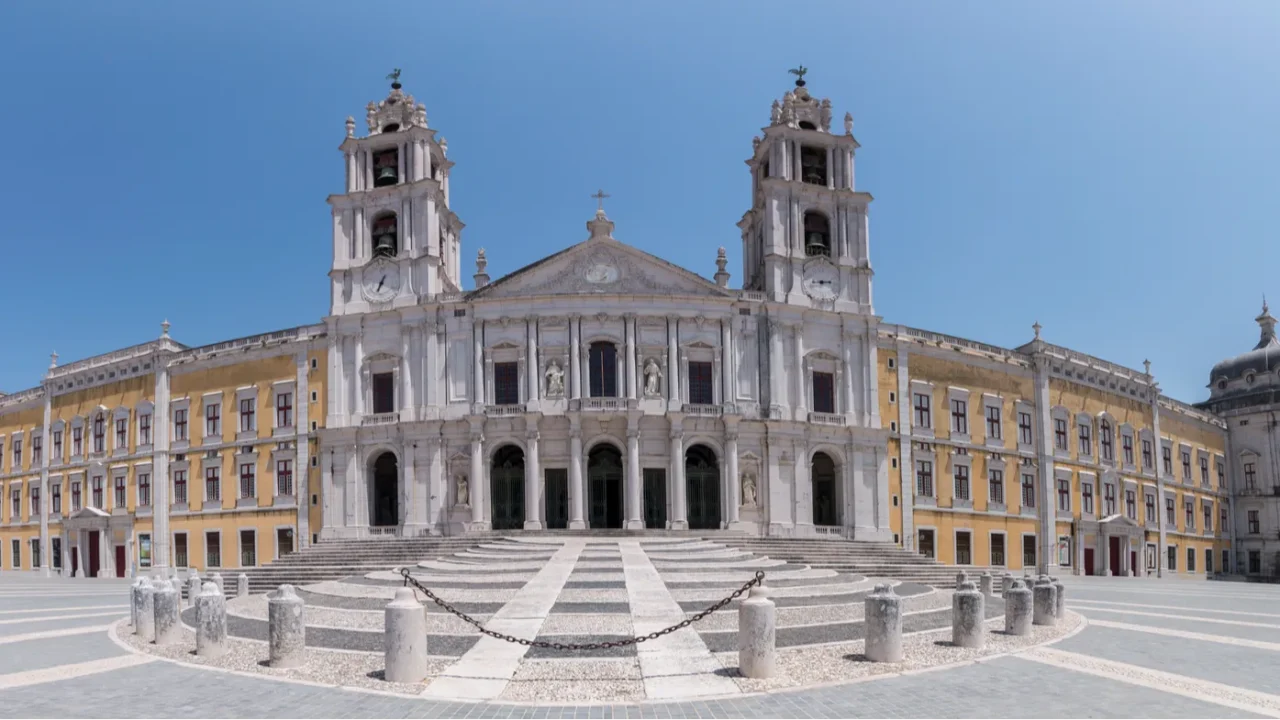
Towers that touch the sky
The palace’s façade dazzles with twin bell towers and a massive dome at its center. The basilica’s stone details and six pipe organs show Baroque art at its grandest.
Inside, visitors discover marble corridors, intricate sculptures, and one of the world’s most stunning libraries lined with ancient books. The echo of its bells once guided sailors back to the Portuguese coast.
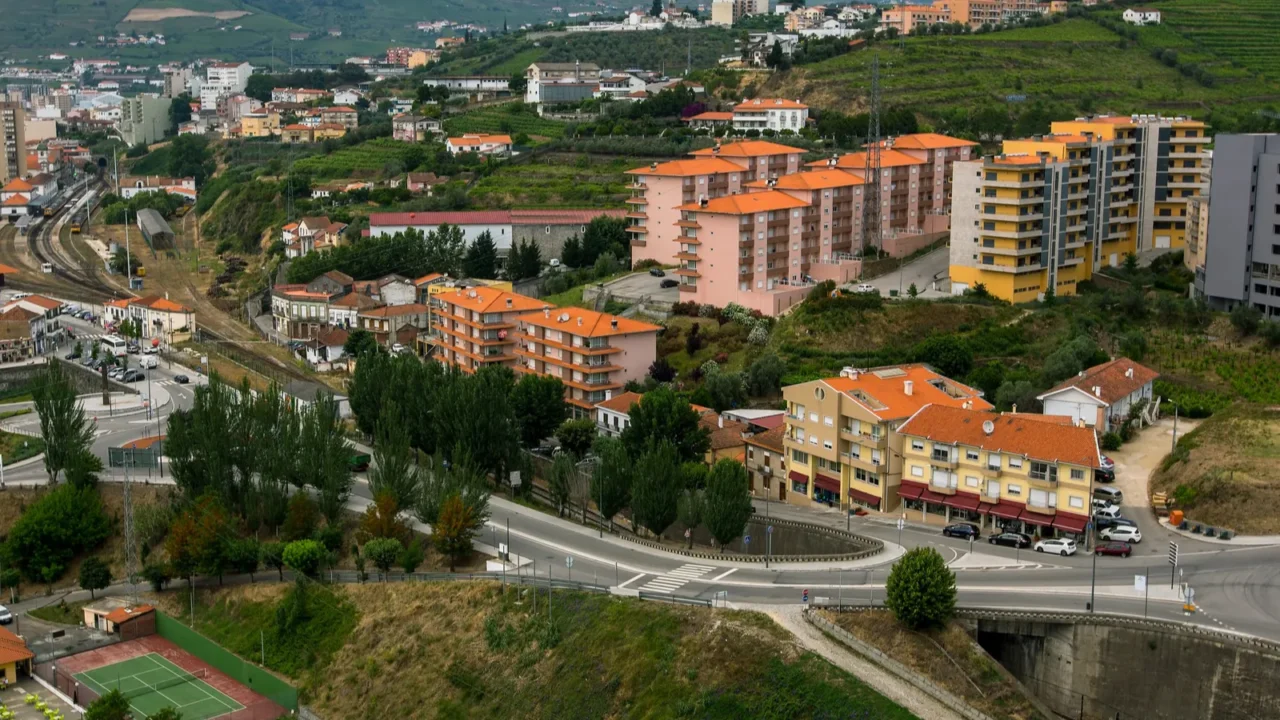
The heart of Baroque Portugal
Northern Portugal thrived during the Baroque period, especially in Porto and Braga. Trade wealth and artistic influence turned these cities into open-air museums of gilded stone.
Churches and palaces bloomed with curved façades, towers, and gold interiors, each structure a celebration of divine beauty and craftsmanship. Even today, their dramatic silhouettes dominate city skylines.
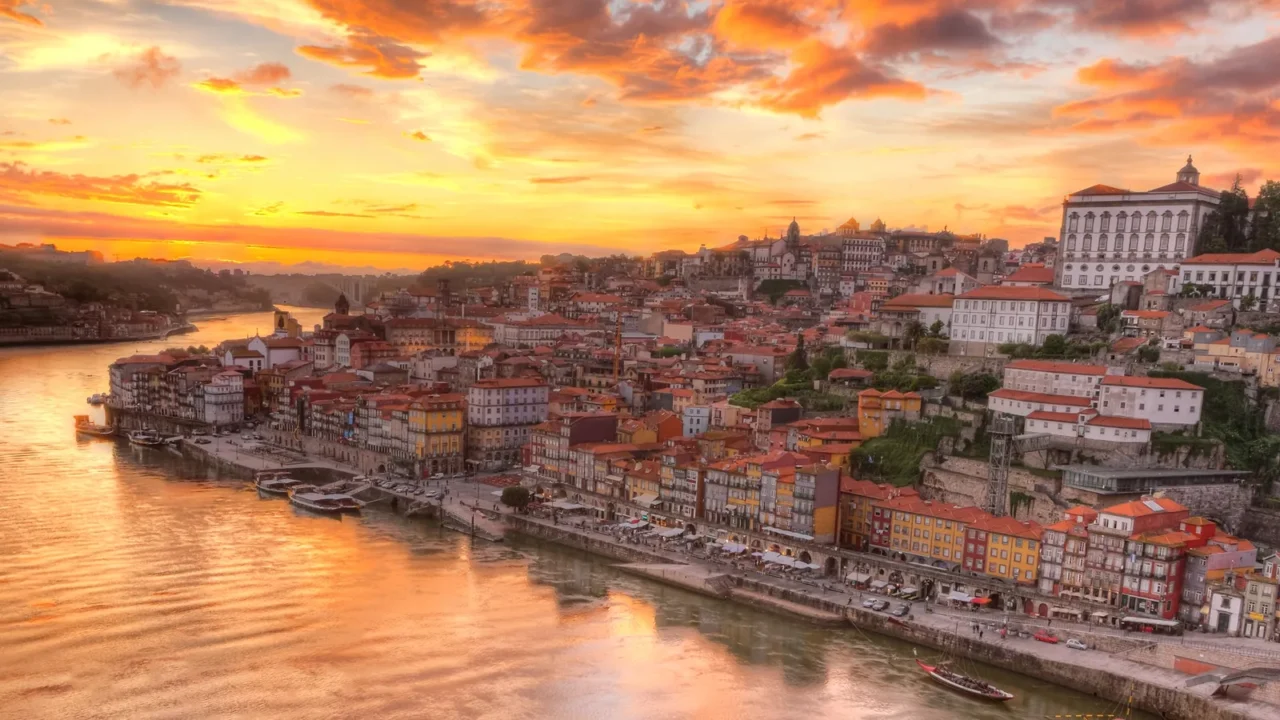
Porto’s Baroque skyline
The city of Porto is a living gallery of Baroque splendor, its charm shaped by Italian architect Nicolau Nasoni. His vision brought elegance and drama to northern Portugal’s architecture.
Among his works, the Clérigos Tower stands tallest, a graceful landmark watching over the terracotta rooftops and winding streets below. Nasoni’s influence forever changed the city’s architectural identity.
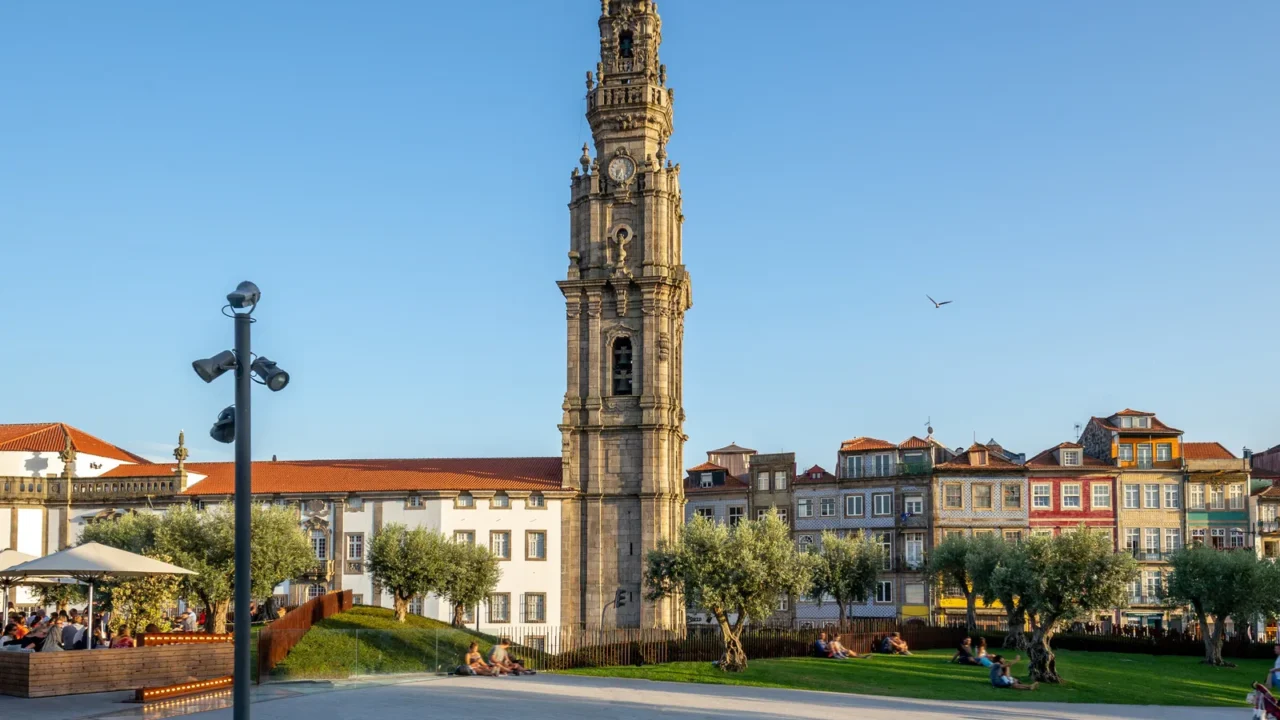
Clérigos Church and Tower
The Clérigos complex is Porto’s crown jewel, built in the 18th century with sweeping curves and bold carvings. Climbing its 225 steps rewards visitors with breathtaking views of the city and the Douro River.
Its church, filled with golden altars and swirling motifs, captures the pure spirit of Portuguese Baroque, faith wrapped in art. The tower remains one of the most photographed landmarks in all of Portugal.
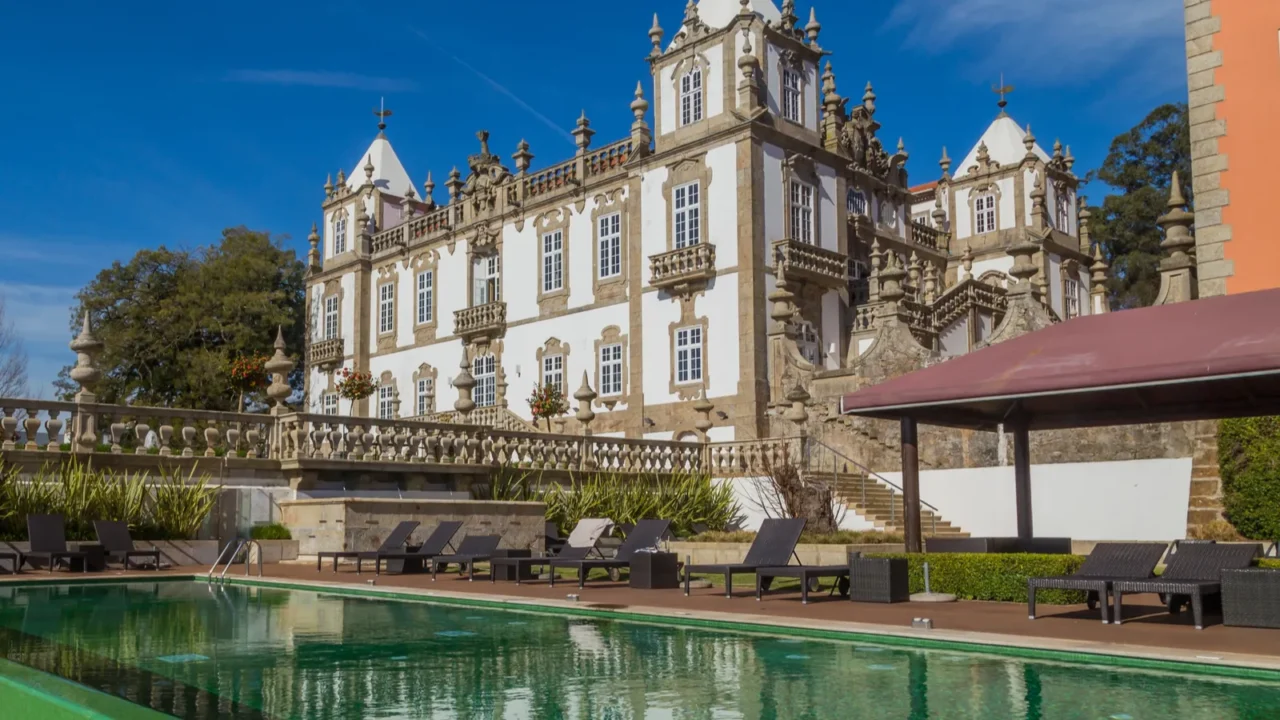
Porto’s hidden gems
Beyond the famous tower, Porto hides countless Baroque treasures like the Church of Misericórdia and the Palace of Freixo. Each reveals new details in light, texture, and grandeur.
These spaces blend woodcarving, tiles, and sculptures, creating a cityscape where every corner feels touched by history. Many of these buildings now serve as museums and event spaces, keeping their heritage alive.
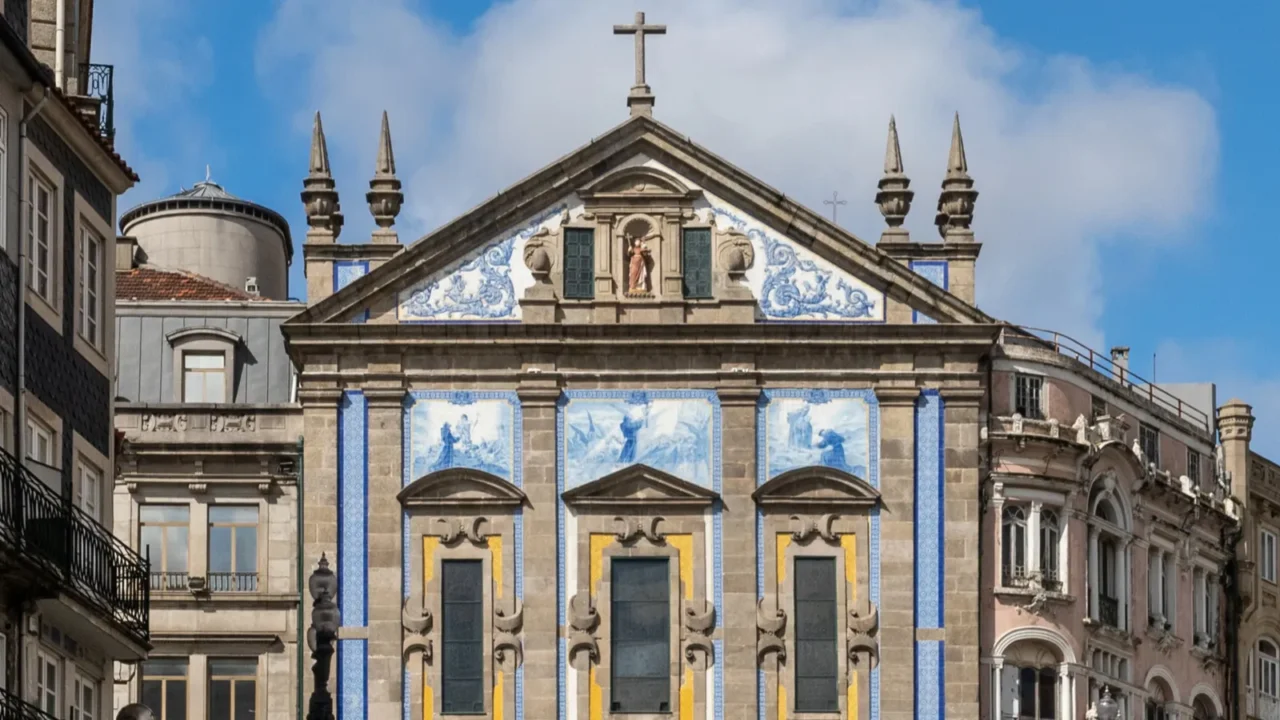
The beauty of azulejos
Baroque buildings across Portugal often sparkle with azulejos, hand-painted ceramic tiles telling stories in blue and white.
In Porto, churches like Igreja dos Congregados dazzle with tile-covered walls that shimmer in sunlight, merging painting and architecture into one. These tiles often depict biblical scenes or moments from Portuguese history.
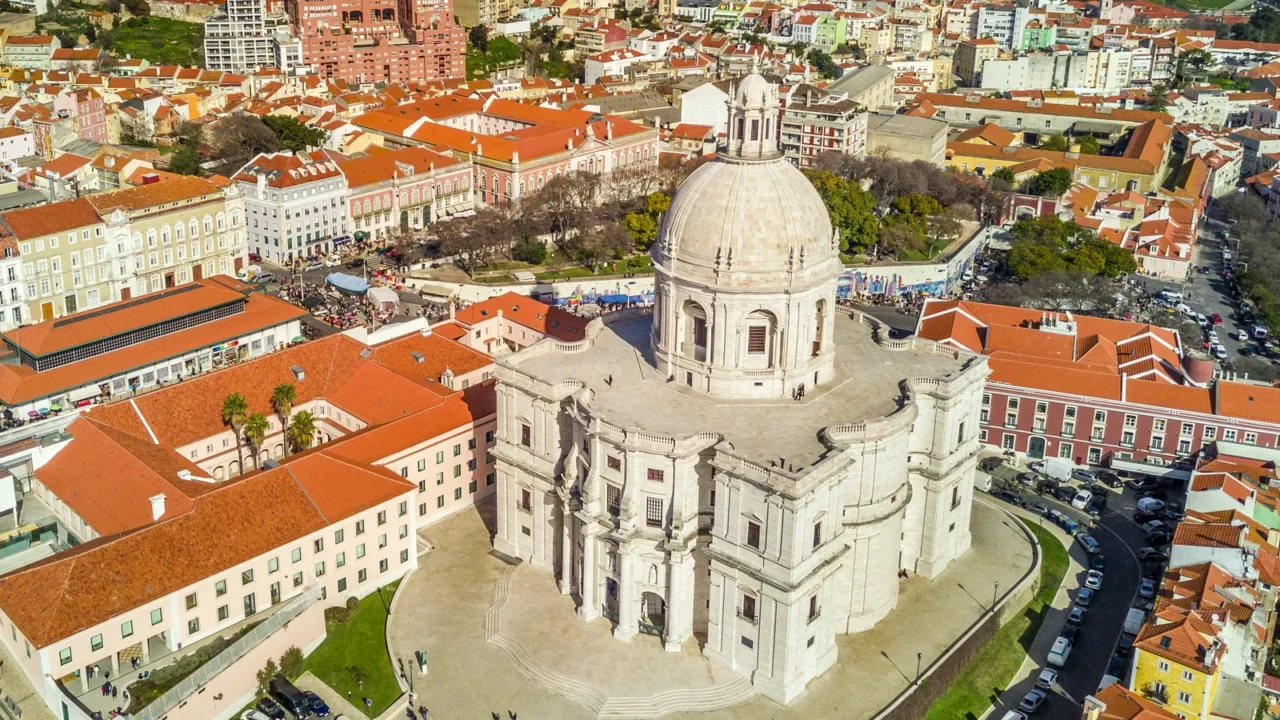
The national pantheon’s perfection
The Church of Santa Engrácia, now Lisbon’s National Pantheon, combines spiritual grace with architectural power. Its soaring dome and curved walls glow softly in the afternoon sun.
The structure took centuries to complete, standing today as a symbol of Portugal’s patience and artistic devotion. Inside lie the tombs of national heroes, writers, and fado legends.
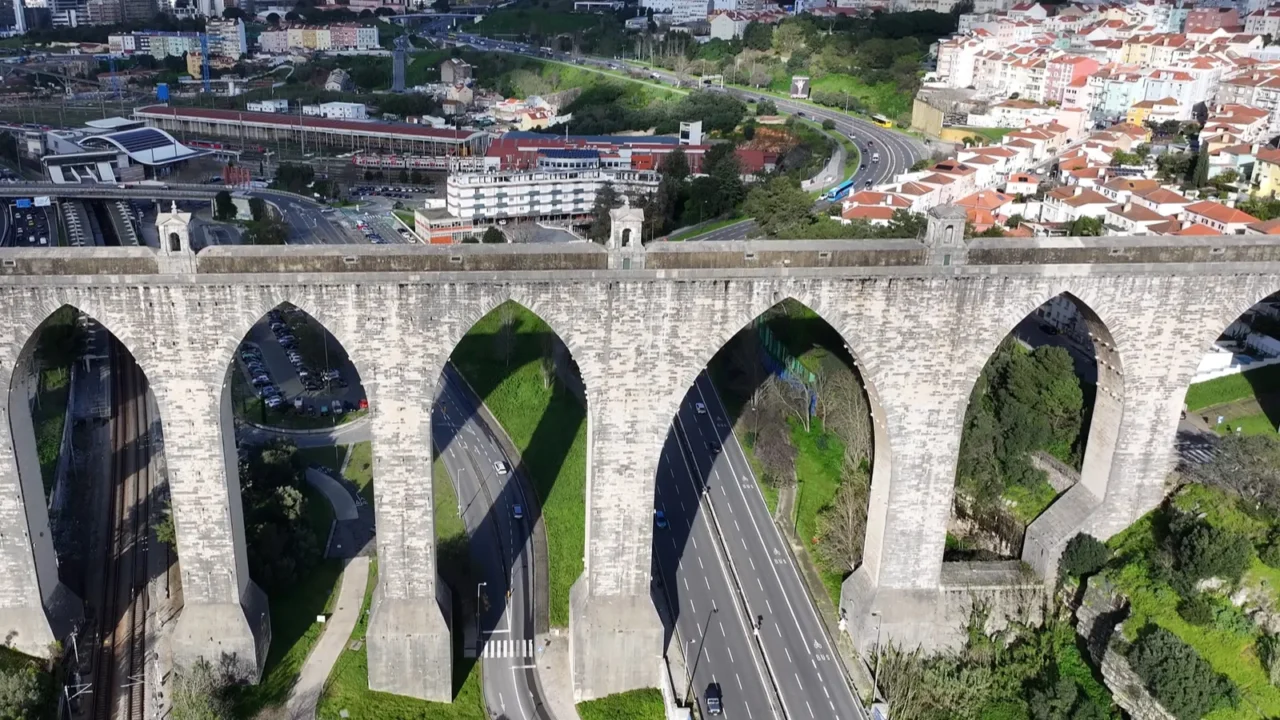
A bridge between art and function
The Águas Livres Aqueduct in Lisbon proves that utility can be beautiful. Built in the 18th century to bring fresh water to the city, it stands as a Baroque engineering marvel.
Stretching over valleys with towering stone arches, the aqueduct blends elegance with purpose, showing how grandeur met necessity. Its main arch in Alcântara Valley is one of the tallest stone arches in the world.
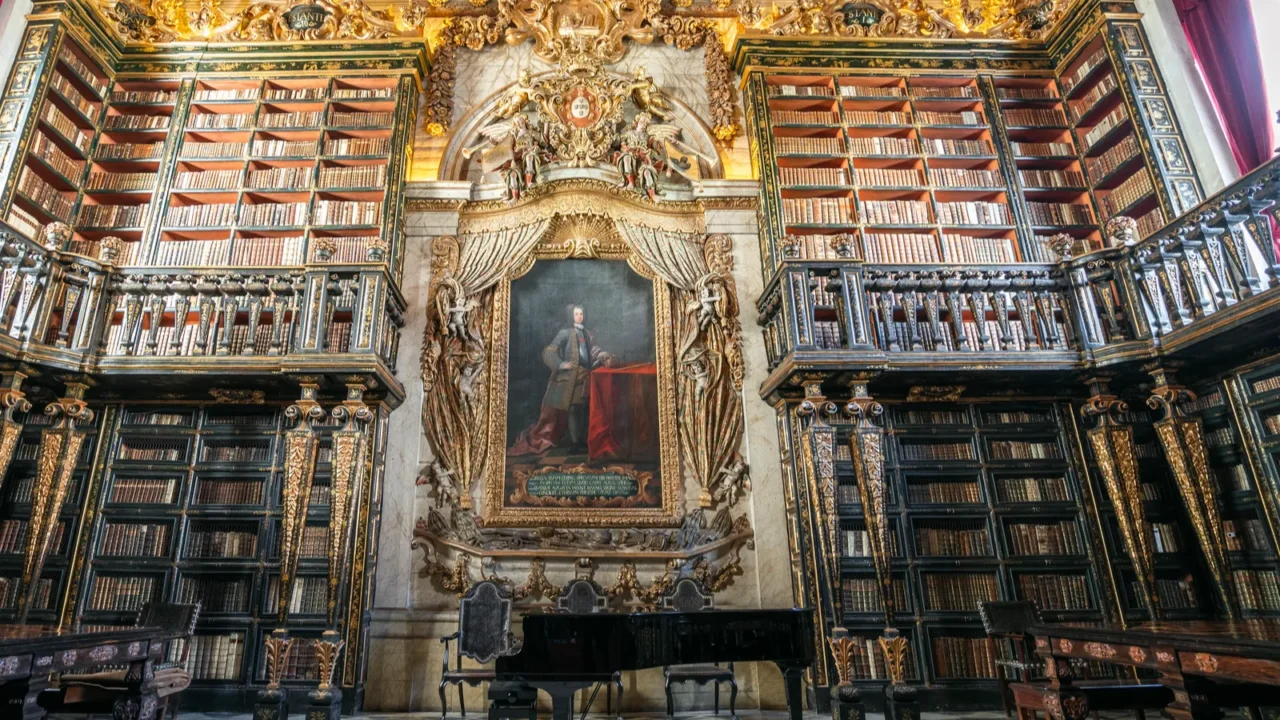
Coimbra’s royal library
At the University of Coimbra, the Biblioteca Joanina is a Baroque masterpiece dedicated to knowledge and beauty. Gilded wood, marble floors, and painted ceilings create an atmosphere fit for kings and scholars alike.
Its three grand rooms hold centuries-old manuscripts, watched over by colonies of bats that protect the books from insects. The library’s design reflects the unity of science, art, and faith during the Enlightenment.
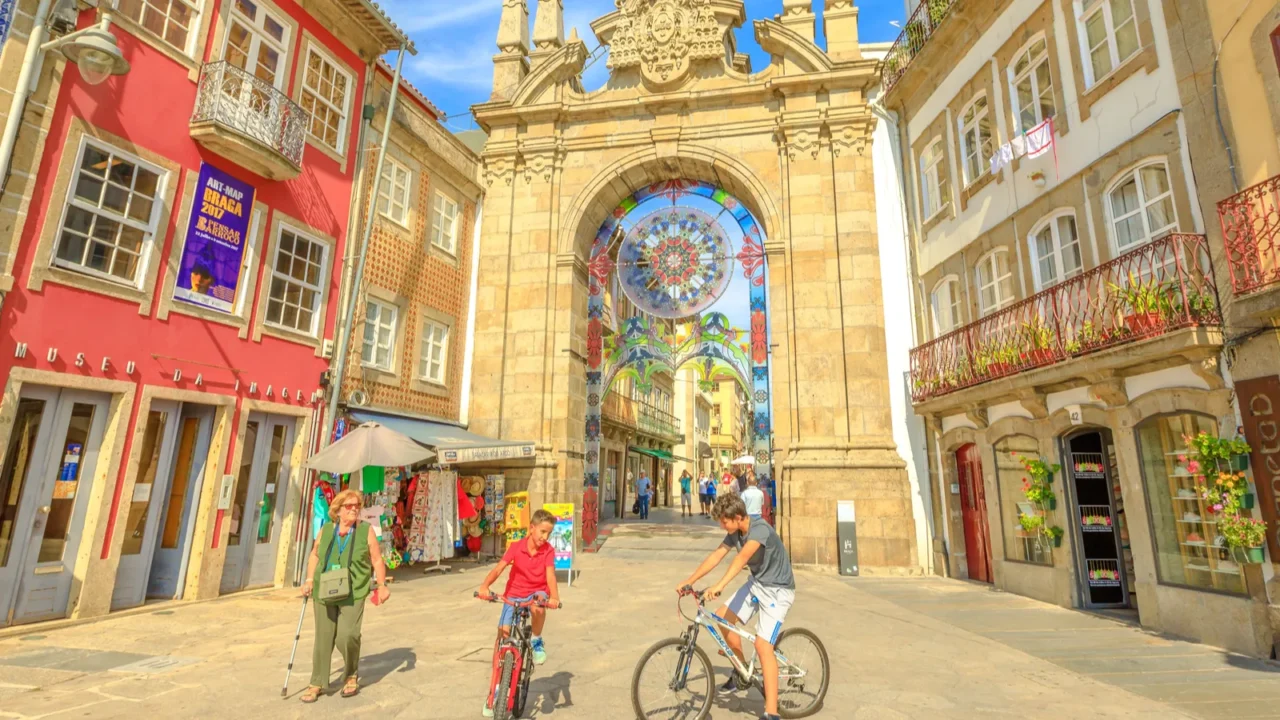
Baroque across the north
The city of Braga mirrors Porto’s artistic energy with its own Baroque churches and sanctuaries. The Sanctuary of Bom Jesus do Monte, with its iconic staircase, is both an architectural marvel and a spiritual journey.
Each level represents the human climb toward heaven, an artistic symbol deeply rooted in Baroque philosophy. The view from the top offers sweeping sights of the entire city below.
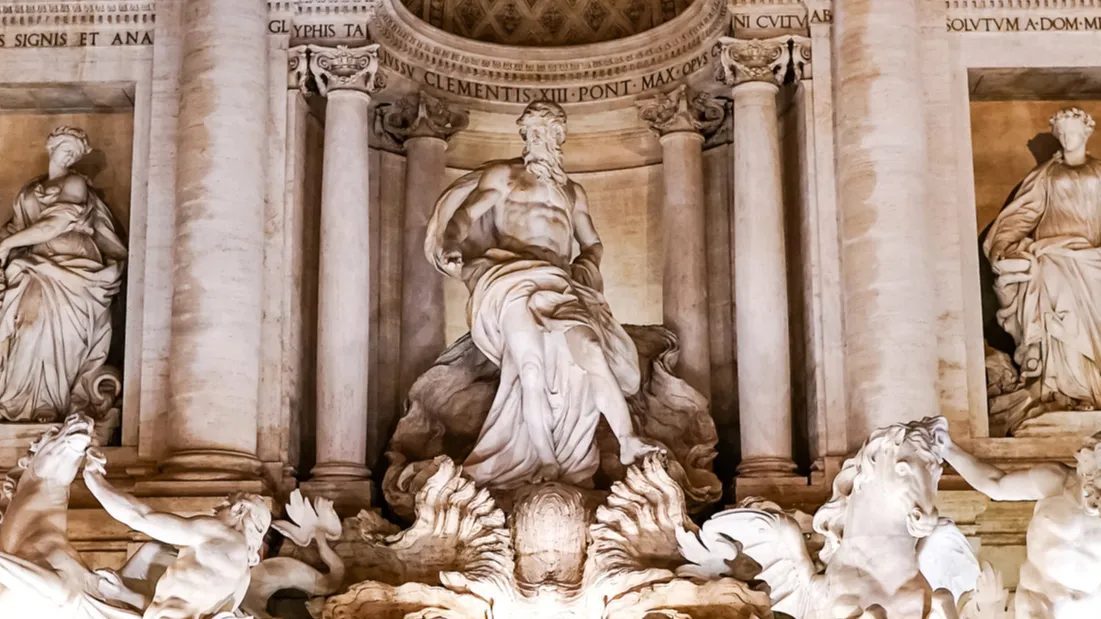
The art of excess
Baroque architecture in Portugal was never shy; it celebrated emotion, light, and motion. Gilded carvings, twisting columns, and sweeping domes were all designed to move the heart.
These buildings reflected a world where faith, art, and power collided to create awe that still captures visitors centuries later. Their craftsmanship continues to inspire artists and designers today.
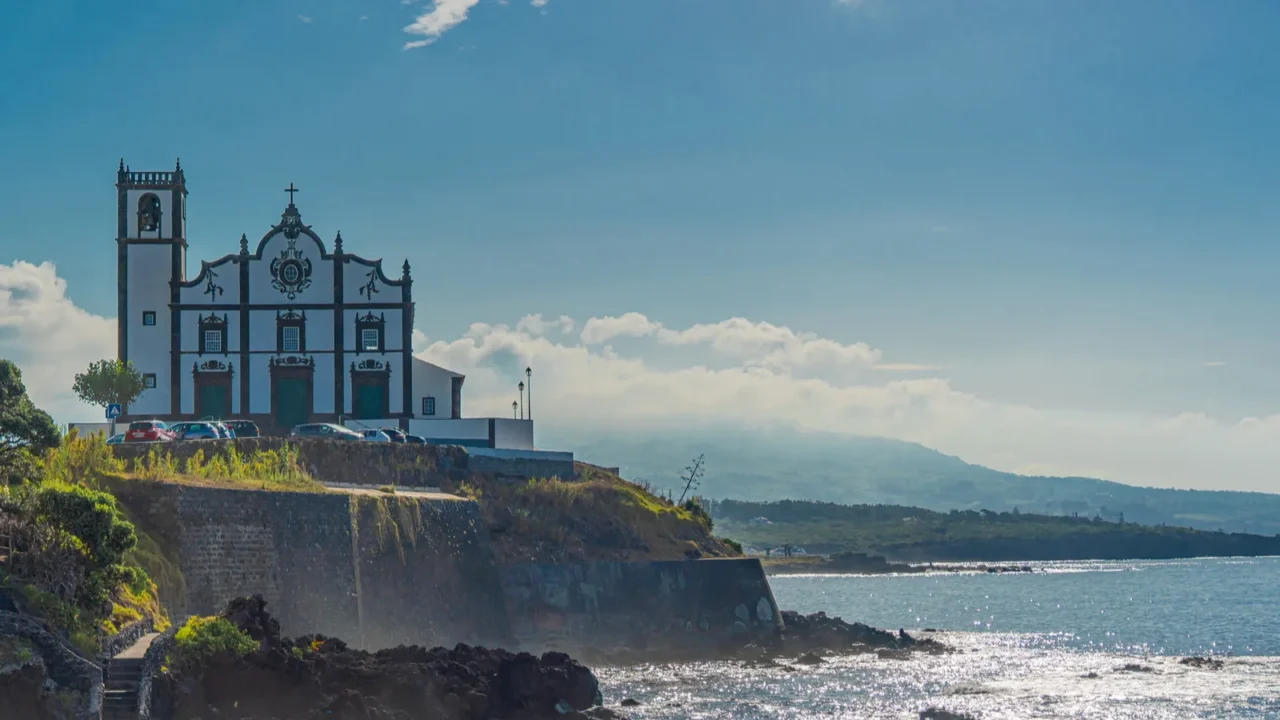
Lisbon’s sacred treasures
In Lisbon, the Church of São Roque reflects the height of Jesuit Baroque luxury. From the outside, it appears simple, but inside it bursts with gold, marble, and mosaic splendor.
Its Chapel of St. John, built in Rome and shipped to Lisbon, remains one of Europe’s most expensive and intricate chapels ever created.
If you love exploring beyond the city, check out our list of incredible day trips worth taking from Lisbon.
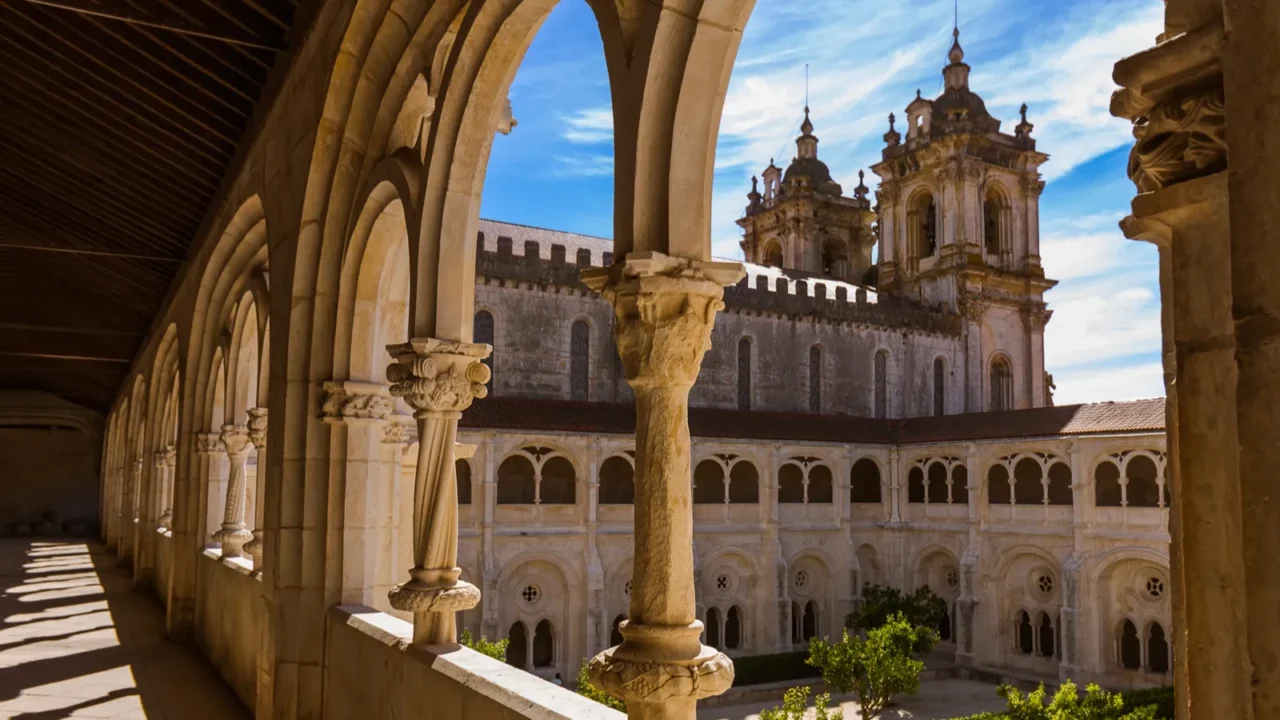
Preserving the legacy
Portugal’s Baroque masterpieces remain remarkably well-preserved thanks to careful restoration and UNESCO recognition. They attract millions who come to see beauty carved in stone.
Each visit supports their continued survival, keeping the country’s golden age alive for future generations to admire. Restoration teams use traditional techniques to maintain the authentic glow of the past.
Ready to plan your next getaway? Explore our guide to Europe’s most beautiful and budget-friendly cities.
Which Baroque masterpiece in Portugal would you love to see first? Share your pick below.
Read More From This Brand:
- How China’s travel boom could redefine the economy in 2025
- Discover Japan’s untouched island full of temples, local food, and coastal magic
- 15 charming villages in the Dolomites to visit any season
Don’t forget to follow us for more exclusive content right here on MSN.
This slideshow was made with AI assistance and human editing.